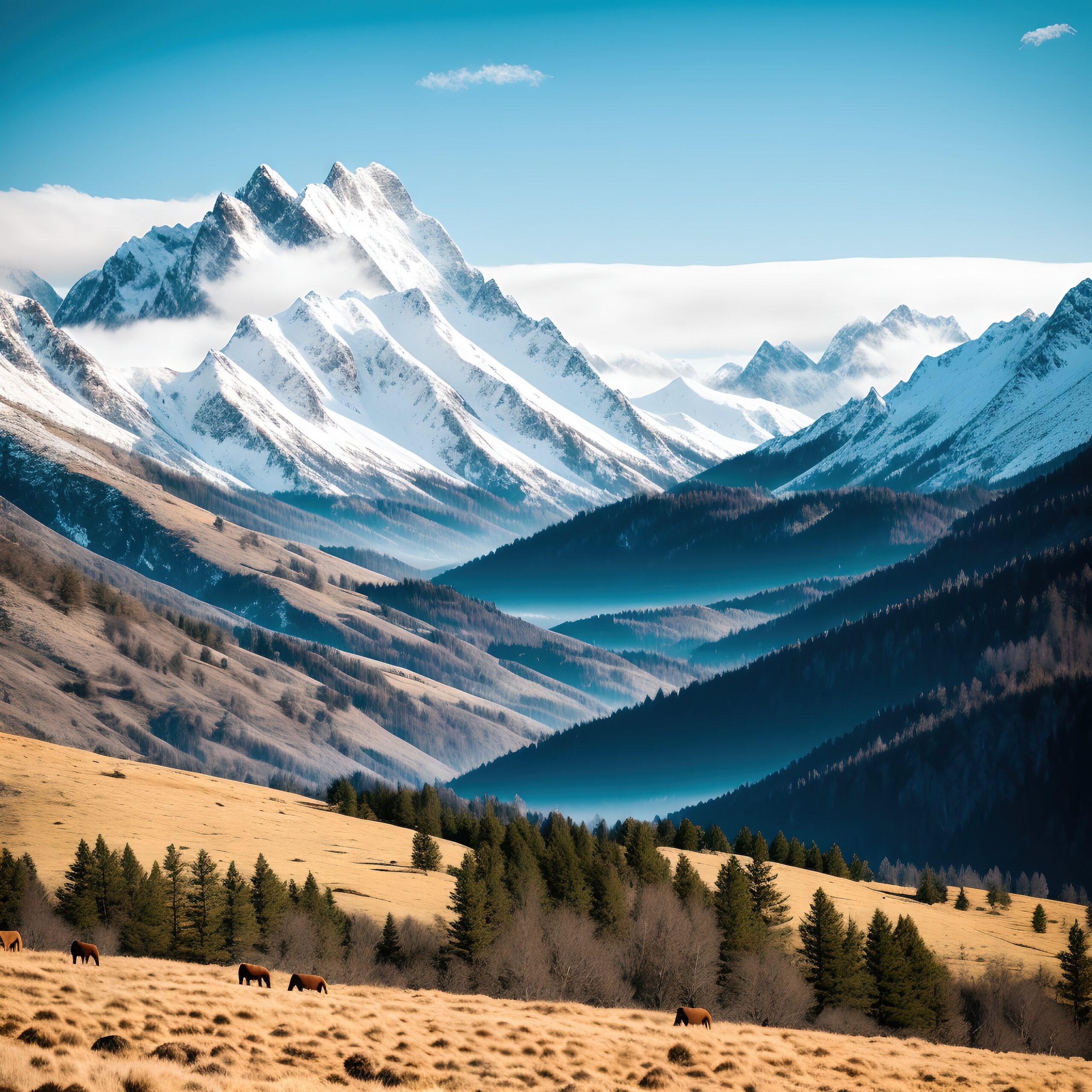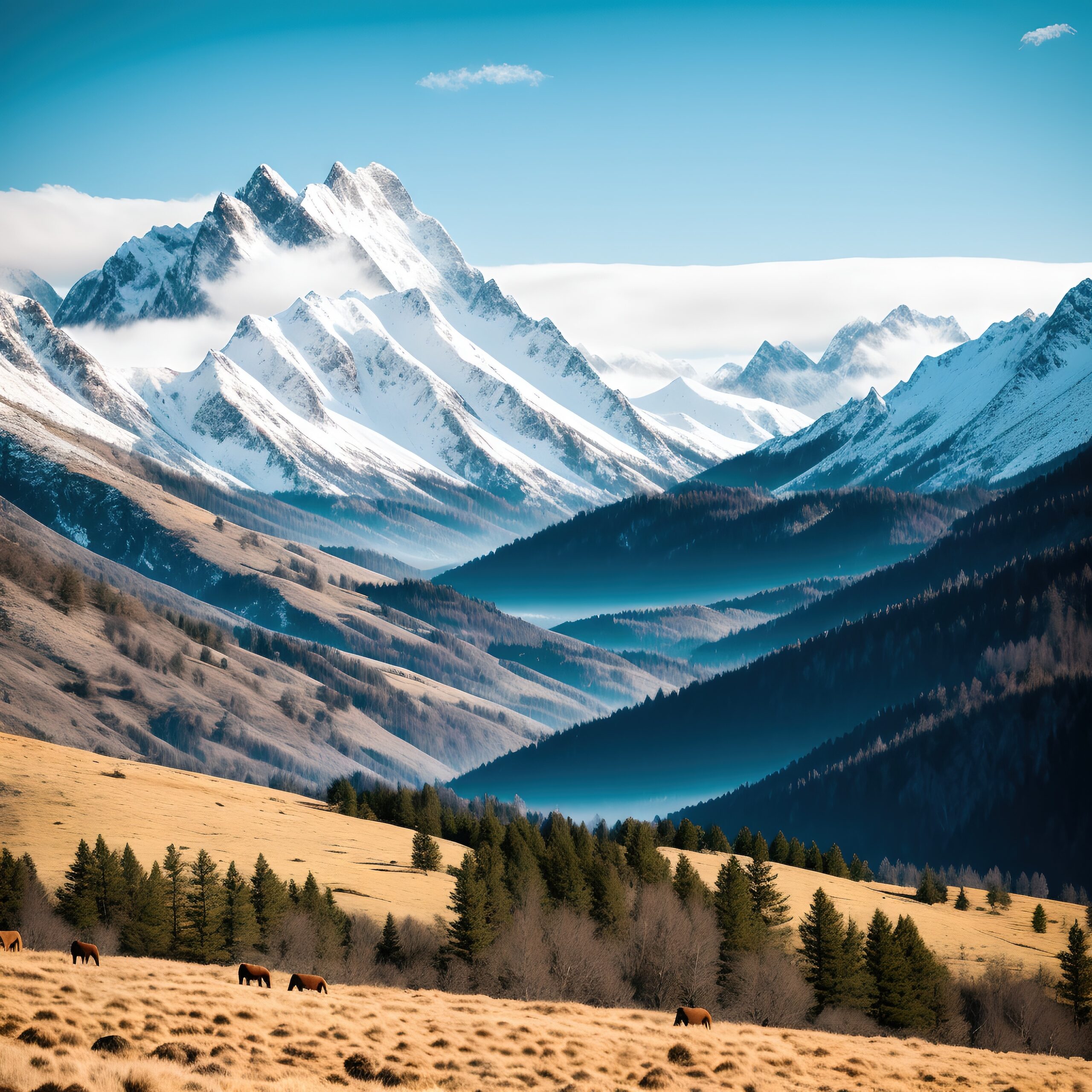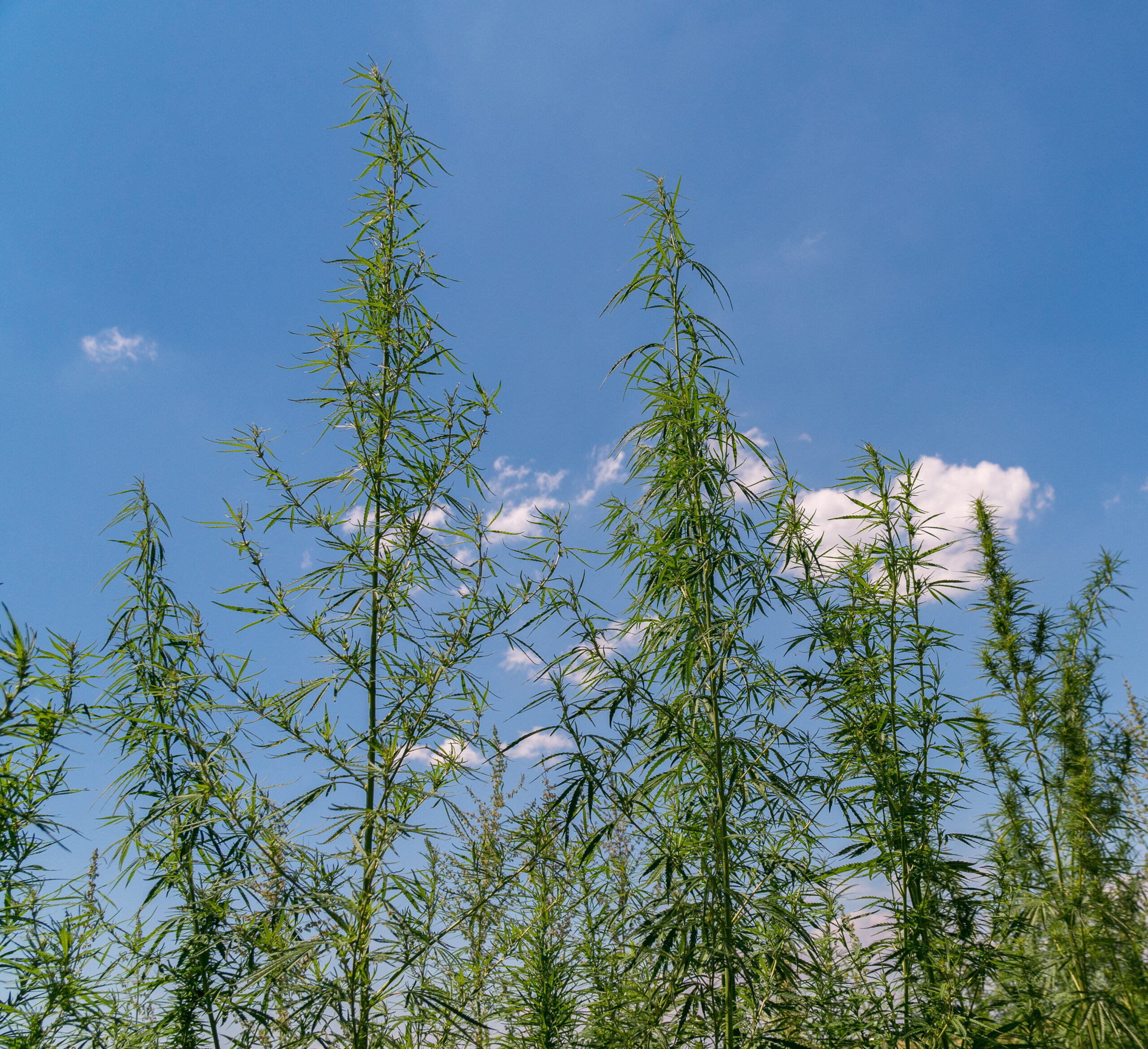The Unique Himalayan Soil: The Home of Extraordinary Hemp Plants
June 29, 2023
 829
829 
Written By: Jack Riess NASM Certified Personal Trainer and Life Long Researcher of Health and Longevity.
Welcome to the mystical world of the Himalayas – a place where nature’s grandeur is on full display, from the highest peaks touching the skies to a rich diversity of flora and fauna that inspires awe.
Today, we explore a remarkable inhabitant of this region – the Himalayan hemp plant.
A plant that stands tall not only because of its impressive height but also due to its unique characteristics that are deeply rooted in the extraordinary geographical features of the Himalayan region.
Journey with us as we delve into the world of these exceptional hemp plants and uncover the secrets behind their special traits.
The Himalayan Region

The Himalayas, often referred to as the ‘roof of the world,’ are far more just a collection of the planet’s highest peaks.
They are a region of immense significance, playing vital roles in shaping not just the local, but also the global climate.
As a source of some of Asia’s major rivers, the Himalayas contribute to life-sustaining water systems that millions depend upon.
This vast mountain range also acts as a climate regulator, impacting weather patterns across the globe.
When it comes to biodiversity, the Himalayas are a treasure trove.
They are home to an astonishing variety of flora and fauna, each adapted to survive and thrive in the unique conditions that the high altitudes offer.
Amidst this diversity resides our plant of interest – the hemp plant, a species that has uniquely adapted to the mountainous conditions and flourished in its red, iron-rich soil.
Beyond its natural wonders, the Himalayan region is also an agricultural powerhouse.
Despite the challenging terrain and harsh climate, the region’s fertile soil and ample water supply from the melting snow of the high peaks make it ideal for agriculture.
Farmers here cultivate a variety of crops, including rice, wheat, and barley.
However, it is the cultivation of hemp that truly distinguishes this region. The hemp plants, with their thick clusters and towering heights, are a testament to the agricultural potential of the Himalayas.
As we dive deeper into the characteristics of the Himalayan hemp plant, we’ll see how these geographical and environmental factors have played a significant role in shaping its unique properties and its invaluable contribution to the world.
The Hemp Plant in the Himalayas

Located in the heart of the world’s highest mountain range, the Himalayan hemp plants are the epitome of nature’s prowess and the perfect embodiment of their surrounding biodiversity.
Over thousands of years, these plants have adapted to their unique environment, offering us insights into the power of nature and its profound evolutionary mechanisms.
The hemp plant, scientifically known as Cannabis sativa, is a versatile plant native to Central Asia and the Indian subcontinent.
In the foothills of the Himalayas, this plant thrives, reaching impressive heights of up to 18 feet.
They grow in dense clusters, resembling a bamboo forest, a testament to their resilience and adaptability.
Unlike genetically modified marijuana strains typically found in the US and Europe, these plants are true heirlooms – pure, unmodified, and rich with history.
One thing that sets the Himalayan hemp apart from its peers is its inherent capacity to produce varin cannabinoids.
Varins, such as CBGv, THCv, and CBDv, are a class of cannabinoids that have shown promising results in various research areas.
Unlike the widely known cannabinoids CBD and THC, these varins are unique to this region and the hemp plants grown here, making them a precious gift of the Himalayas.
The Special Cannabinoids: Varins

In the world of Cannabis, a group of chemicals known as cannabinoids often takes center stage due to their significant medicinal and therapeutic potential.
Most people are familiar with the likes of CBD (Cannabidiol) and THC (Tetrahydrocannabinol), but there’s a unique group of cannabinoids that deserve equal, if not more, attention – the Varins.
Varins are cannabinoids that have a slight structural difference compared to their more famous counterparts.
While most cannabinoids have a pentyl group, which is a chain of five carbon atoms, varins have a propyl group, a chain of three carbon atoms.
This subtle difference in their chemical structure accounts for their unique properties and effects.
Among the varin cannabinoids, CBGv (Cannabigerovarin), THCv (Tetrahydrocannabivarin), and CBDv (Cannabidivarin) are notable.
They have gained attention in scientific circles for their promising effects.
For instance, preliminary research suggests that THCv may help with weight loss and diabetes, while CBDv shows promise for epilepsy and neurological disorders.
These varin cannabinoids are unique to the heirloom hemp plants grown in the Himalayan region.
Unlike the majority of cannabis strains cultivated elsewhere, which produce olivetolic acid and yield no varins, these Himalayan hemp plants produce divarinic acid, which gives rise to the precious varins.
This is a compelling example of how the environmental and geographical factors of a region can shape the properties of a plant at a molecular level.
In essence, the Himalayan hemp’s varin cannabinoids represent a new frontier in the field of cannabinoids, holding immense potential for medical and therapeutic applications.
Their uniqueness is a testament to the Himalayan region’s exceptional biodiversity and the extraordinary hemp plants that have grown there for millennia.
The Himalayan Soil and its Features

Delving deeper into the secret behind the Himalayan hemp’s exceptional qualities, we land upon the literal foundation of their growth – the Himalayan soil.
A closer look at this soil reveals a treasure trove of features that make it incredibly nurturing for plant life.
For starters, the soil is loaded with a high mineral content, resulting from the gradual erosion and disintegration of the Himalayan rocks over thousands of years.
Elements like coal, copper, lead, zinc, and nickel have become integral components of the soil.
This mineral-rich environment feeds into the hemp plants, contributing to their growth and potency.
In addition to this, the soil exhibits an acidic nature, a characteristic owed to the fluctuating temperatures between the high and lower altitudes.
With a slightly to moderately acidic pH level, the soil provides an ideal environment for plant productivity, allowing them to uptake trace and profound elements efficiently.
The high water holding capacity of the soil due to its significant humus content is another exceptional attribute.
This ensures a steady water supply for the crops, irrespective of the season, promoting unhindered growth.
The humus also introduces carbonic acid, which breaks down complex minerals, further enhancing the plant’s growth potential.
Finally, the presence of proteobacteria in the high altitude soils of the Himalayas enriches the soil with traces of carbon, nitrogen, and sulfur.
These elements are consumed by plants and converted into organic forms, fostering healthier and stronger growth.
The Himalayan soil is a precious entity that amplifies the growth of a myriad of plants, including the hemp plant.
Its diverse features, honed over thousands of years, play a pivotal role in producing the exceptional Himalayan hemp and the valuable cannabinoids it offers.
Conclusion: Varins Are Special (How to get)

Our journey through the rugged terrain of the Himalayas has revealed much about the marvel that is the Himalayan hemp plant.
This unique species, nurtured by the fertile, mineral-rich, and iron-laden red soil, thrives in the mountainous environment.
The particularities of the Himalayan climate, featuring warm days, cool nights, and a monsoon season that stretches from April to October, provide the ideal conditions for these hemp plants to grow tall and strong.
Perhaps the most extraordinary attribute of these Himalayan hemp plants is their production of varin cannabinoids.
Unlike the majority of cannabis plants found elsewhere, these plants produce divarinic acid, which yields the fascinating varins, including CBGv, THCv, and CBDv.
These varins represent an untapped reservoir of potential for medical and therapeutic applications.
Weight loss, mood booster, hair growth, better sleep… Varins can tremendously help with all of this.
CLICK HERE to find out how to get this rare substance

A new study suggests that a widely used sugar substitute found in diet sodas, chewing gum, and low-sugar yogurt may elevate insulin levels. This could increase the long-term risk of heart disease. “Artificial sweeteners have infiltrated nearly all types of food, making it crucial to understand their long-term health effects,” said Yihai Cao, senior author […]

Diet Coke has long been a fan-favorite among soda lovers who want a fizzy, guilt-free alternative to traditional soft drinks. While its zero-calorie, zero-sugar label makes it seem like a healthier option, the reality is far more concerning. Despite its undeniable popularity, Diet Coke’s nutritional profile has raised red flags among health experts for years. […]

New study shows that embracing an anti-inflammatory, plant-forward diet can support cognitive function and help reduce the risk of dementia. What You Eat Shapes Your Brain The food you eat doesn’t just impact your body—it also affects your brain. Research suggests that eating an anti-inflammatory, plant-based diet can help improve memory, focus, and overall brain […]